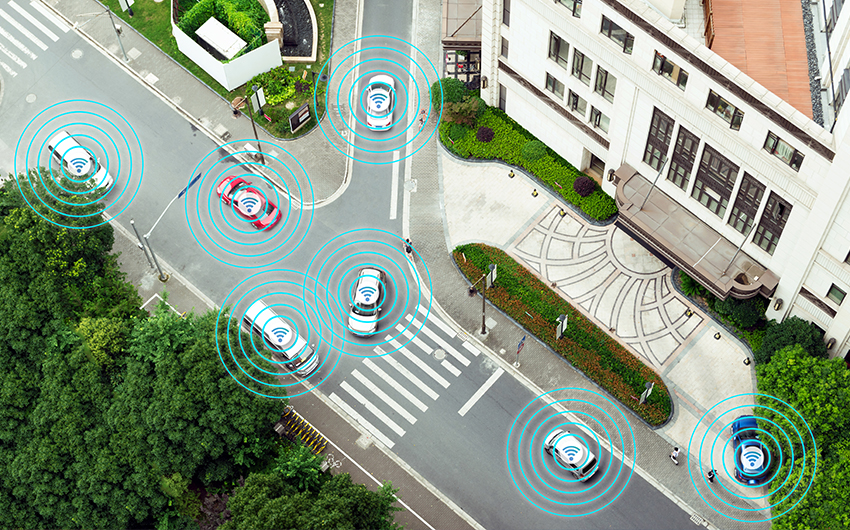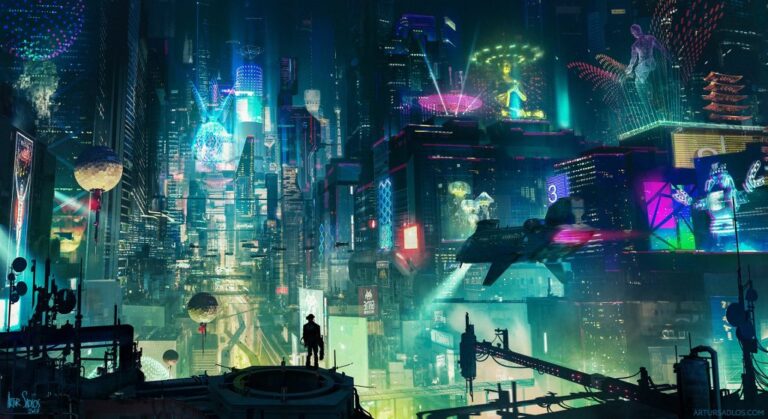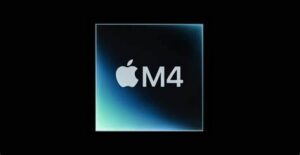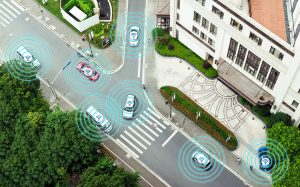Tesla is barking up the wrong tree.
- The biggest disagreement in the autonomous automobile industry has heated up once again with Waymo’s CEO once again dissing Tesla’s camera-only approach to autonomous driving.
- RFM has conducted extensive analysis in this area and has concluded that while Tesla’s approach is the right approach, it has a greatly inflated opinion of its capability in AI meaning that the fastest route to market will be one using cameras, lidars and radars together.
Tesla
- Tesla’s approach to autonomous driving is driven by its mercurial CEO, Elon Musk, and in this context, it is relevant to remember that he is also one of the founders of OpenAI.
- Musk’s position on autonomous driving is that because humans drive vehicles fairly safely with just two cameras and two microphones machines should be able to similar.
- He goes on to state that the use of lidars and radars are merely a crutch to make up for the fact that Tesla’s rivals need these extra sensors to help them interpret the world around them accurately.
- In this assertion, Musk is 100% correct and this is why Tesla’s are only armed with a series of cameras which they use to interpret the environment around them which in turn underpins their decision making.
- All of Tesla’s vehicles gather visual data from the cameras of vehicles on the road and it is believed that with enough data and enough compute power, a perfect machine vision system will emerge.
- This is the exact same approach that underpins OpenAI, which believes that with enough data and enough compute power, artificial general intelligence will emerge.
- RFM’s position on this approach is that it will not work because deep learning-based systems have no understanding of causality and as a result can not adapt to new circumstances without being previously trained.
- This means that these systems can only really deal with situations where the data set that describes them is both finite and stable.
- The road is neither of these two things and this explains why despite having huge amounts of data, Tesla vehicles constantly make potentially dangerous errors when it comes to their perception of their surroundings.
- Hence, while Tesla’s position on cameras is correct, the machine vision is simply not good enough to enable accurate and safe decision making.
Waymo (and everyone else)
- On the other side of the fence, Waymo and everyone else has accepted the limitations of computer vision and use lidar and radar to increase the stability of the autonomous driving dataset.
- Mobileye takes this one step further and combined these independent systems to produce an error rate that has allowed it to successfully drive Jerusalem which is one of the most difficult environments given how chaotic its streets are.
- Consequently, while Musk is correct in his statement that lidar and radar are just a crutch, the problem is that his machine vision and everyone else’s are not good enough to be able to discard these crutches.
- The issue with lidar today is mostly due to its cost as adding lidar increases the cost of an autonomous driving system well beyond the point where it could be commercially deployed in consumer vehicles.
- This is why everyone is working on making their own and driving the cost of implementation down to a point (say $10,000 per vehicle) where it comes a commercially realistic.
- I have long believed that the cost of lidar is likely to quickly decline like WiFi to a point where it is included in everything with marginal cost implications.
- This basically means that even if Tesla’s is successful at delivering a camera-only system, it won’t matter because lidar will be present in everything anyway.
Conclusion
- While Tesla’s approach is the correct one, in theory, the practical limitations of camera-only combined with the likelihood of substantial declines in the cost to deploy “the crutches” mean that the combined approach is the one that is likely to work first.
- This is why I do not believe that Tesla will get there first with robotaxis or with its own privately owned vehicles.
- The issue here is that in order to justify its current valuation, Tesla needs to win these races and win them convincingly.
- I see evidence to the contrary which is why Tesla remains one of the most overvalued stocks trading today.
- If I was in Tesla, I would be heading for the door without delay.









